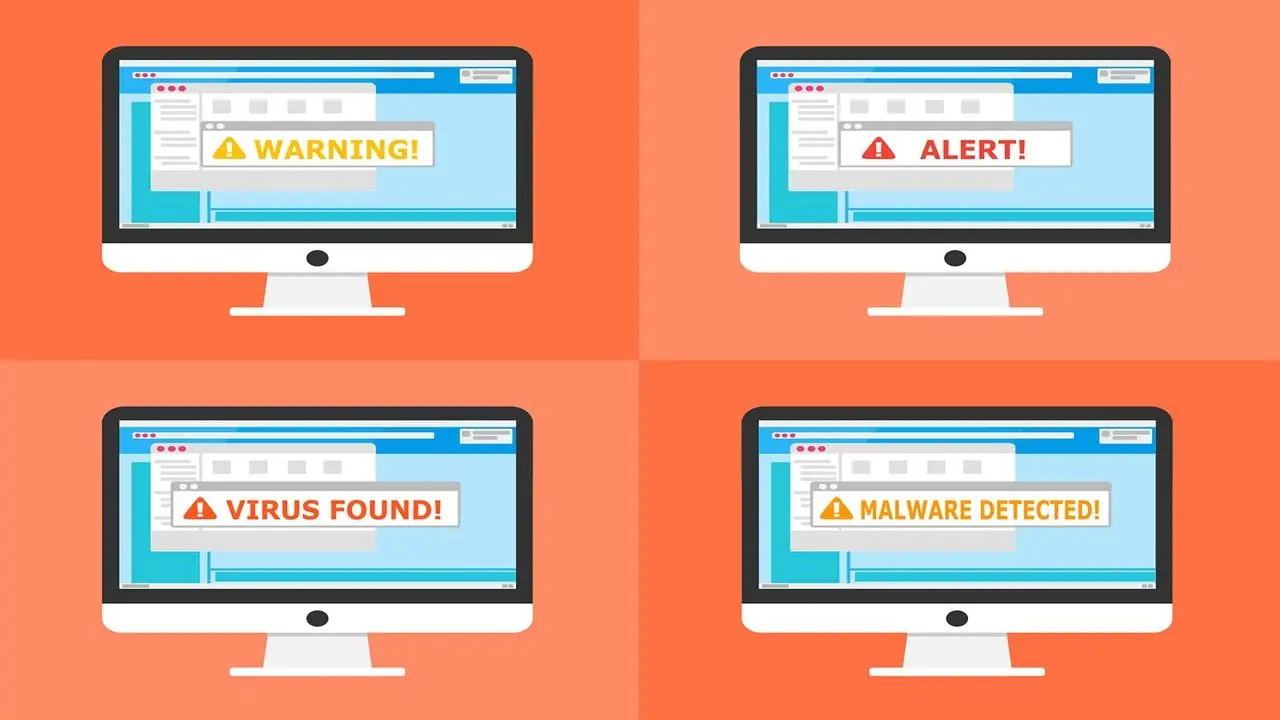AI cybersecurity risks and deepfake scams on the rise

traditional security measures. Make sure you have a robust antivirus program that can detect and block AI-powered threats.
3) Be cautious of unsolicited messages: If you receive a message or call asking for sensitive information, especially if it seems urgent or out of character, verify the identity of the sender through a separate channel before responding.
4) Educate yourself and your team: Make sure everyone in your organization understands the risks of AI-powered cyber threats and knows how to identify and respond to potential scams.
5) Secure your AI accounts: Use strong, unique passwords for all AI tools and platforms you use. Enable multi-factor authentication whenever possible to add an extra layer of security.
6) Monitor your accounts regularly: Keep an eye on your AI accounts for any suspicious activity, such as unauthorized logins or unusual usage patterns. Report any anomalies to the platform immediately.
7) Stay informed: Keep up to date with the latest trends and developments in AI-driven cyber threats. By staying informed, you can better protect yourself and your organization from emerging risks.
As AI technology continues to advance, so too will the capabilities of cybercriminals. By being vigilant, proactive, and informed, you can reduce the risk of falling victim to AI-powered scams and protect your sensitive information from falling into the wrong hands.




